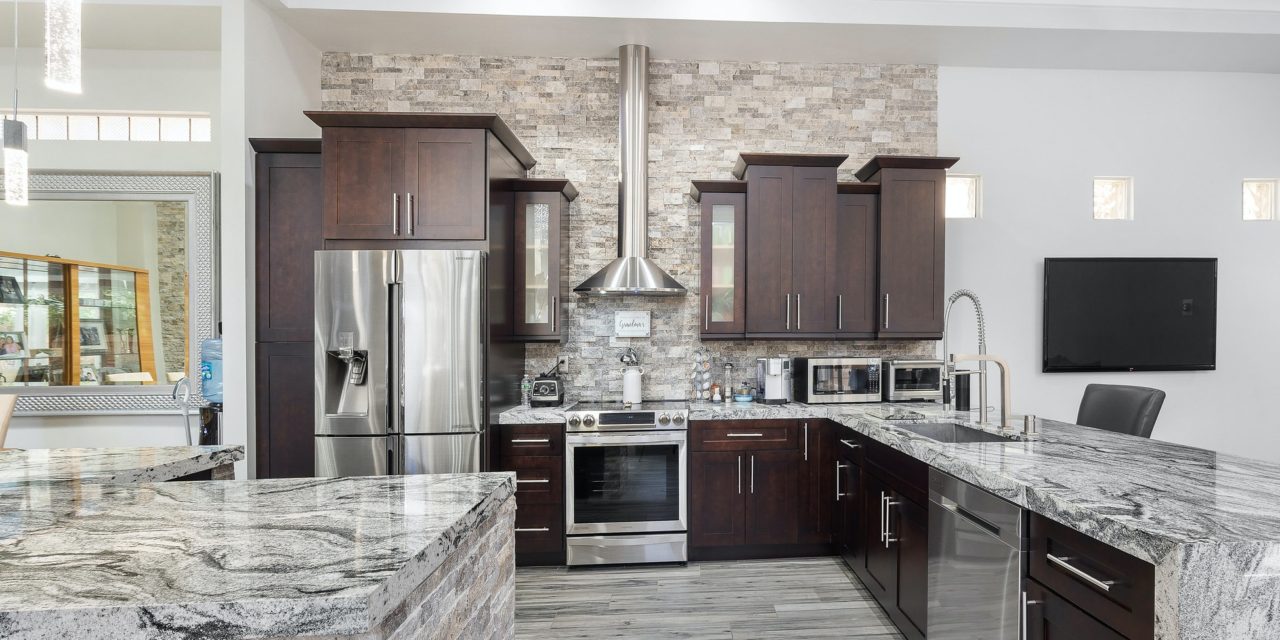[ad_1]
Part of throwing the best dinner parties is to have tableware items that are not only stunning to look at but also provide the user with practicality. There is however a wide range of tableware options for those in the market adorning their dining table. Furthermore, tableware can be defined into four distinctive types. All are pretty self explanatory but these four types are serveware, drinkware, flatware and dinnerware.
Serveware as the name suggests is made up of items used for serving, this could be both utensils as well as receptacles for holding large amounts of food before it is transferred to the dinnerware; items designed for individual dining. Flatware includes items such as cutlery and hence can be considered a massively important type of tableware. Finally drinkware is used for the serving of drinks, strictly this refers to mugs and cups rather than glasses as these can be labelled as glassware, although at times the term drinkware is used to describe any item that can be drank from.
As well as these four predominant types of tableware, there is a range of materials that items can be manufactured; the most common of these materials being porcelain, bone china, earthenware and stoneware.
Porcelain can be extremely delicate and fragile but equally beautiful and refined. Porcelain is typically less robust than other hardier materials and in many instances is one of the expensive of the four materials used in the manufacture of tableware. In most homes they are kept for special occasions. Bone china, although regularly confused with porcelain due to the large similarities between the two is fundamentally different. Bone china items are usually more expensive than their porcelain equivalents and in many cases are sturdier due to the use of bone ash in the construction process.
Earthenware is one of the more commonly used materials for casual tableware. Patterns and colours are prevalent in earthenware items and they can be considered a cheaper option than either porcelain or bone china. Stoneware is usually considered the cheapest option of all the materials and hence is used widely for informal dining. Additionally, the durability and weight of stoneware items makes them an appealing option for many.
Hopefully this article has highlighted some of the more important aspects in the world of tableware and has provided insightful knowledge on the subject. By understanding the different types of tableware as well as the types of materials used in construction it is possible to find the perfect set for any dining table.
[ad_2]
Source by Tom Pretty


